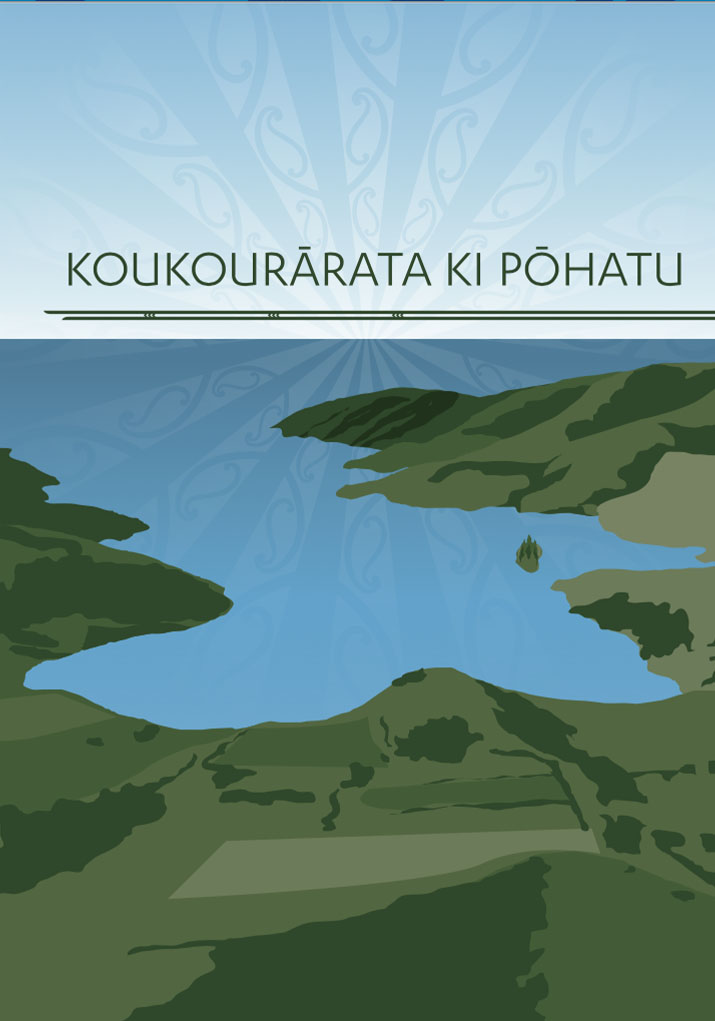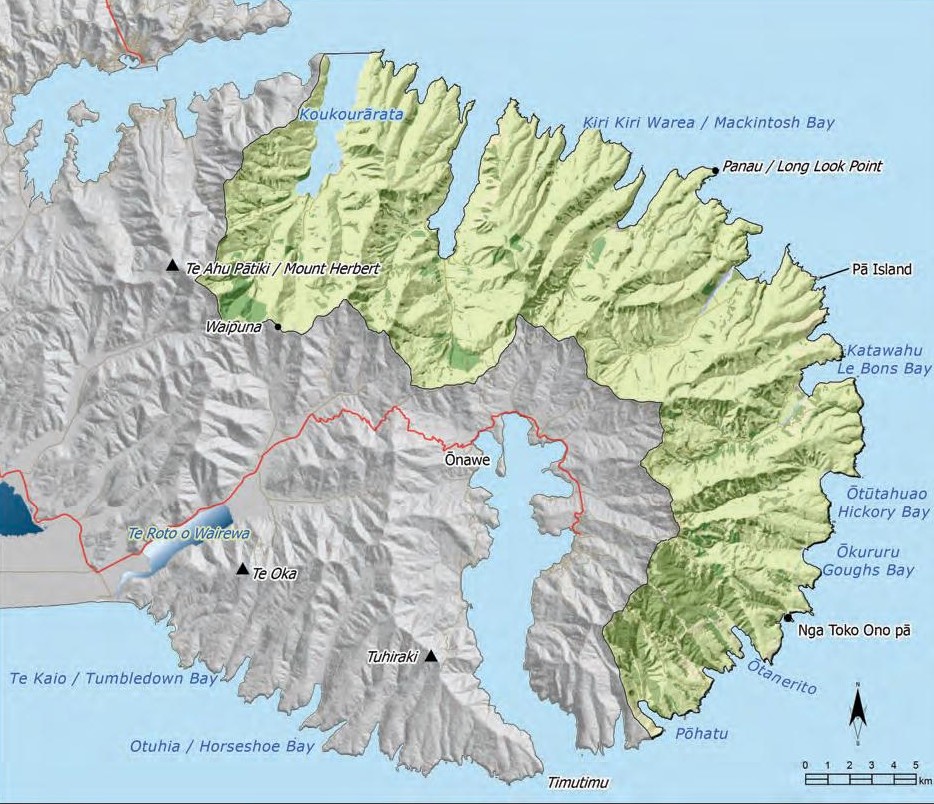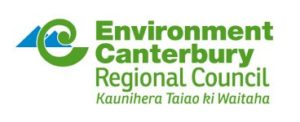This section addresses issues of particular significance associated with with the area defined as Koukourārata to Pōhatu, and includes the eastern bays of Te Pātaka o Rākaihautū (Map 16).
The catchment of Te Ara Whānui o Makawhiua (Koukourārata) is a major focus of the section. Koukourārata is an ancient place with a long history of Ngāi Tahu settlement. Three pā once existed around the bay: Kaitara, Koukourārata, and Puāri. After the fall of Kaiapoi Pā, Koukourārata and Puāri became the main centres of Ngāi Tahu activity in the Canterbury region. Today, Koukourārata remains a place to settle, reunite and meet.
The geography of the land in this section captures the essence of the Ngāi Tahu resource management principle Ki Uta Ki Tai: from mountains to sea. Steep hills form the outer ridge line of numerous small catchments that extend into lowland valleys and open into coastal bays. Prominent ridge lines extend from summit to sea, forming isolated coastal headlands. Waterways draining the upper slopes meander through bushed stream gullies and across valley floors and into the sea, connecting hills to sea: the umbilical cord between Papatūānuku and Tangaroa.
Despite remaining relatively remote, the eastern bays landscape has experienced extensive change over time. Densely forested hills and valleys have been replaced by pastoral farmland, with a number of small coastal settlements. The protection and restoration of indigenous biodiversity has emerged as an important kaupapa, and there are numerous examples of community-led native bush protection, riparian planting, and species recovery projects in the takiwā. Working with the wider community to restore the natural and cultural heritage of Te Pātaka o Rākaihautū is an important kaupapa for tāngata whenua in the Koukourārata to Pōhatu region.










